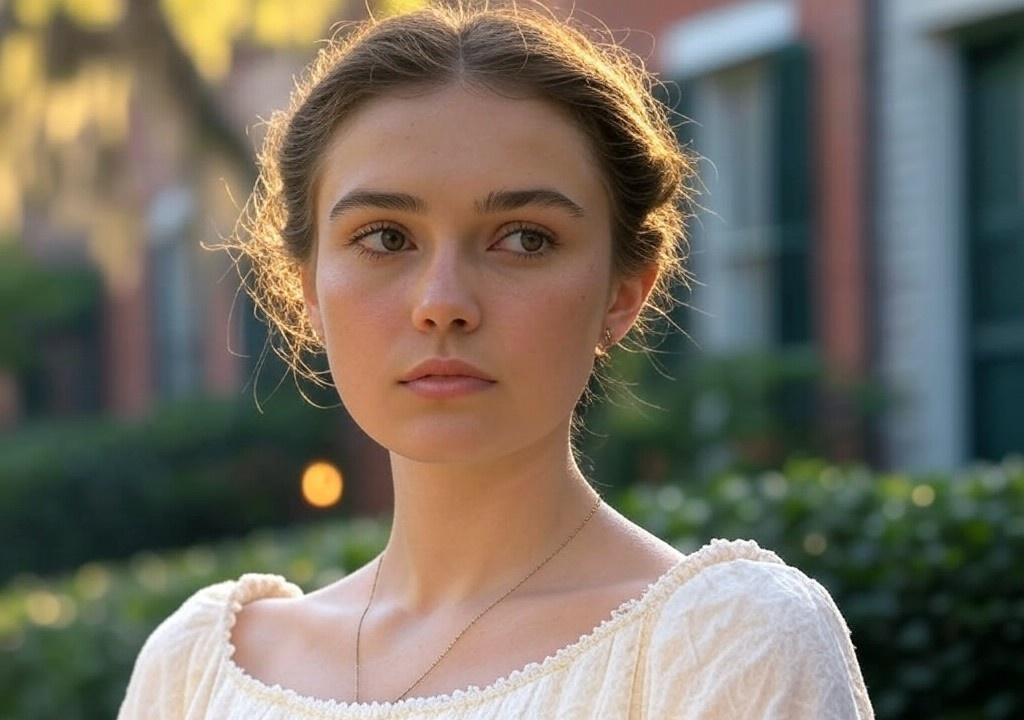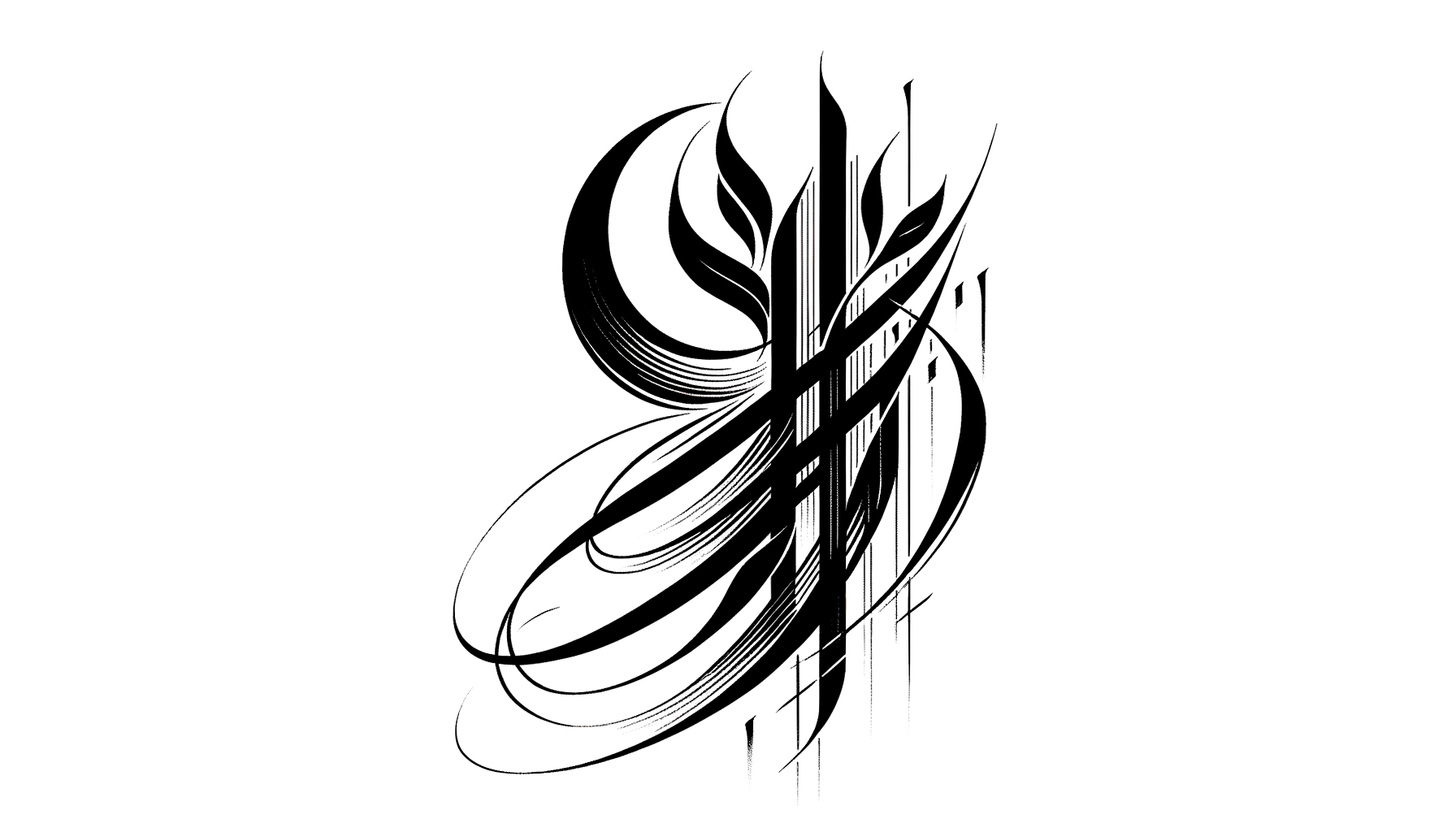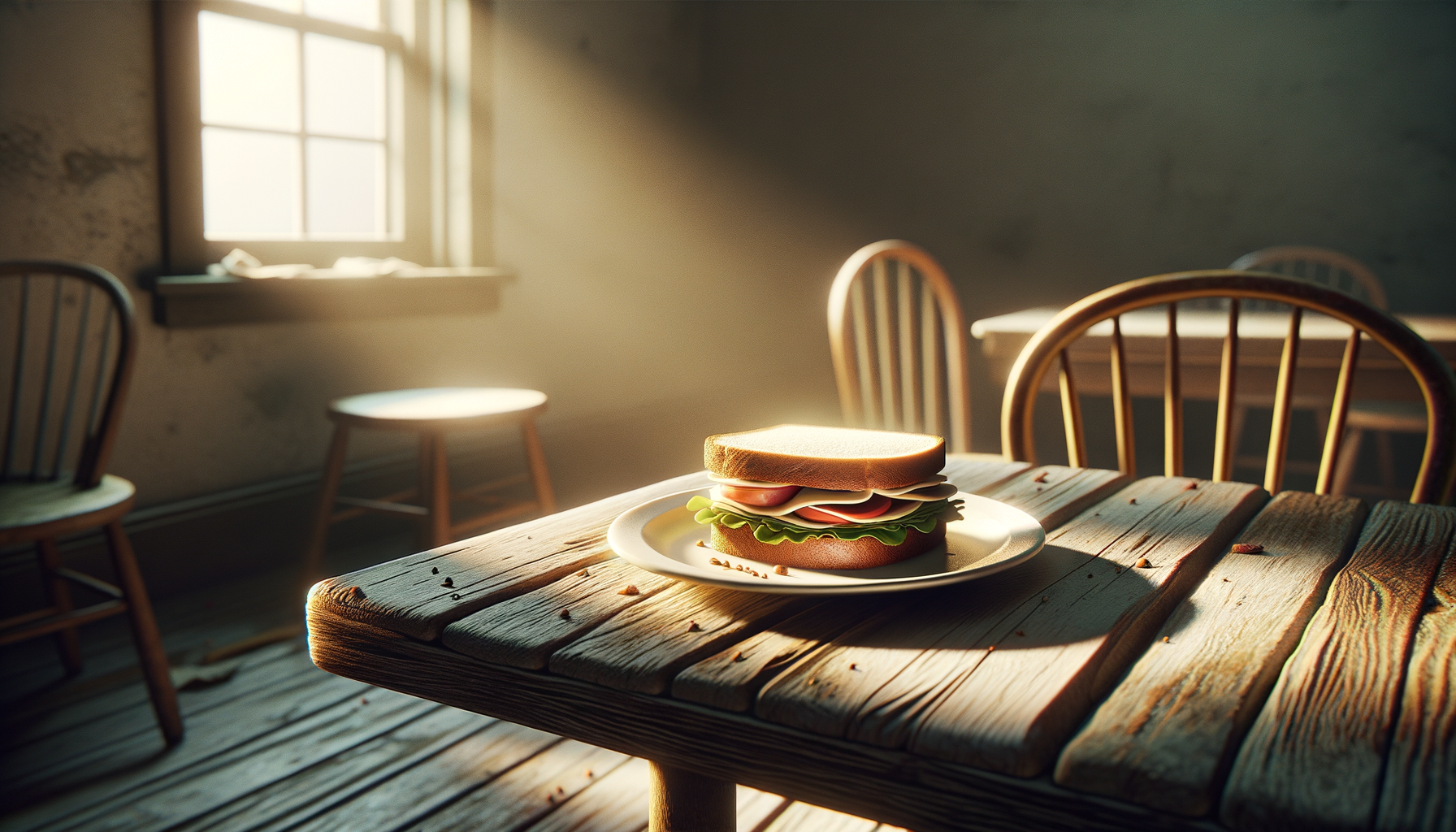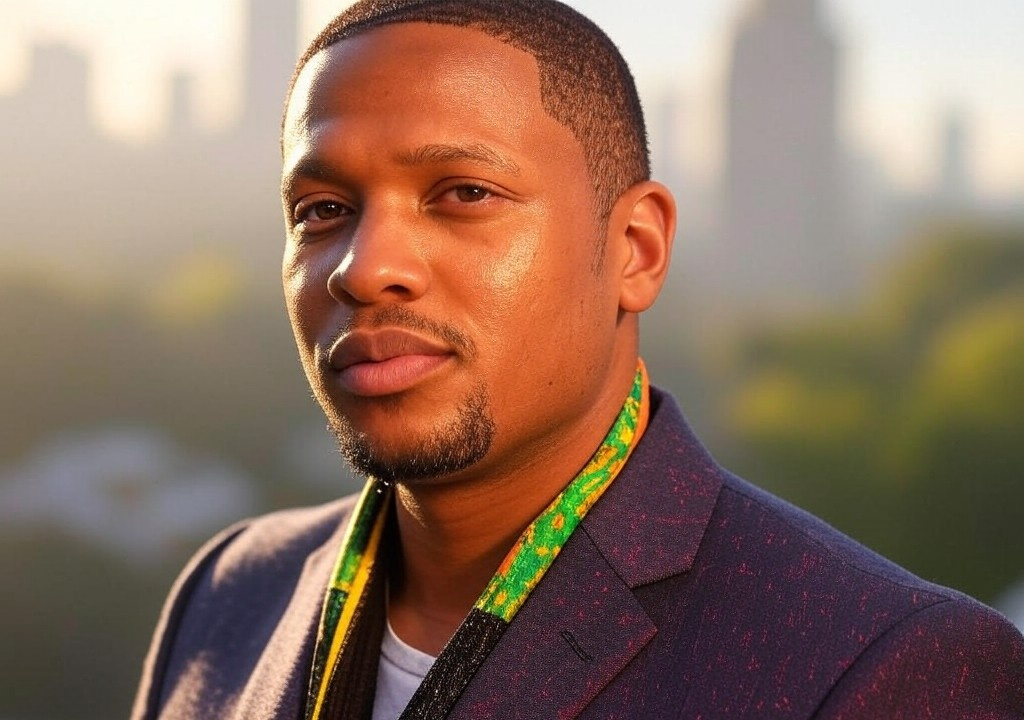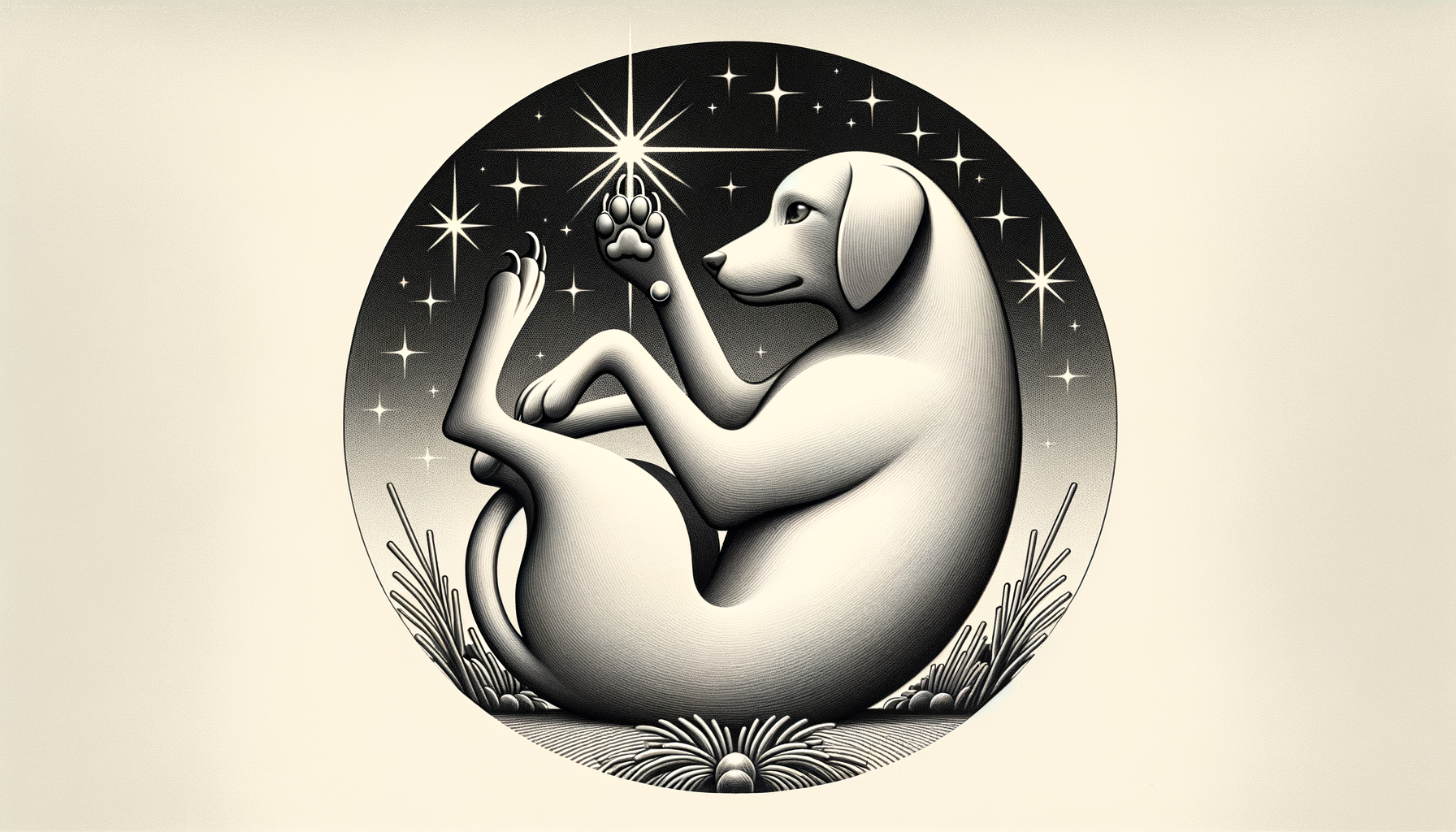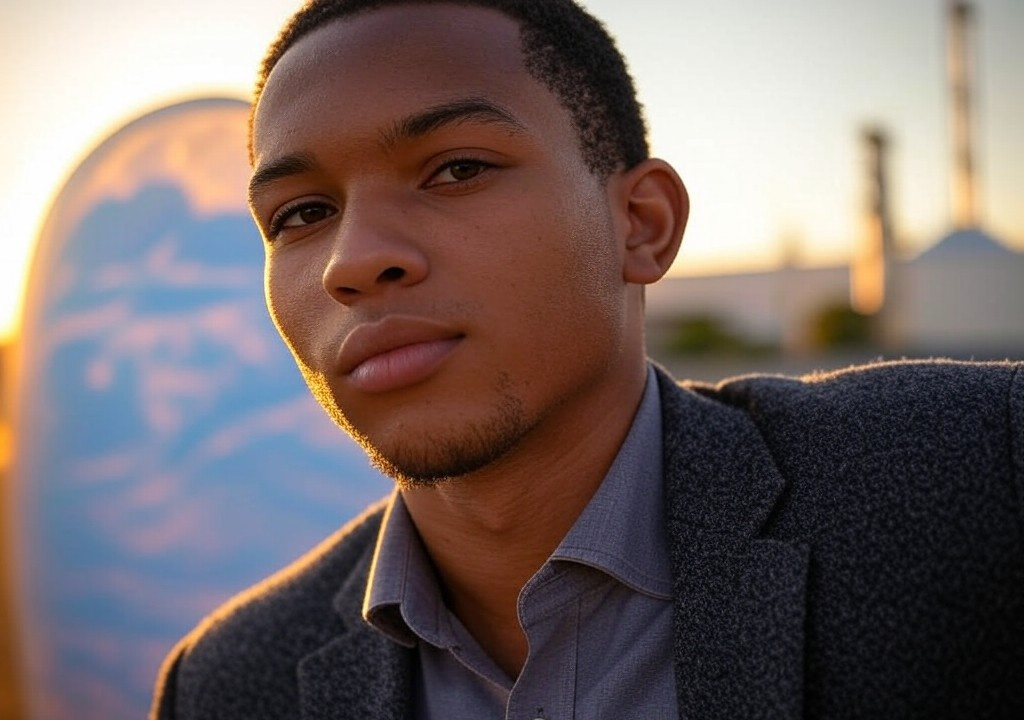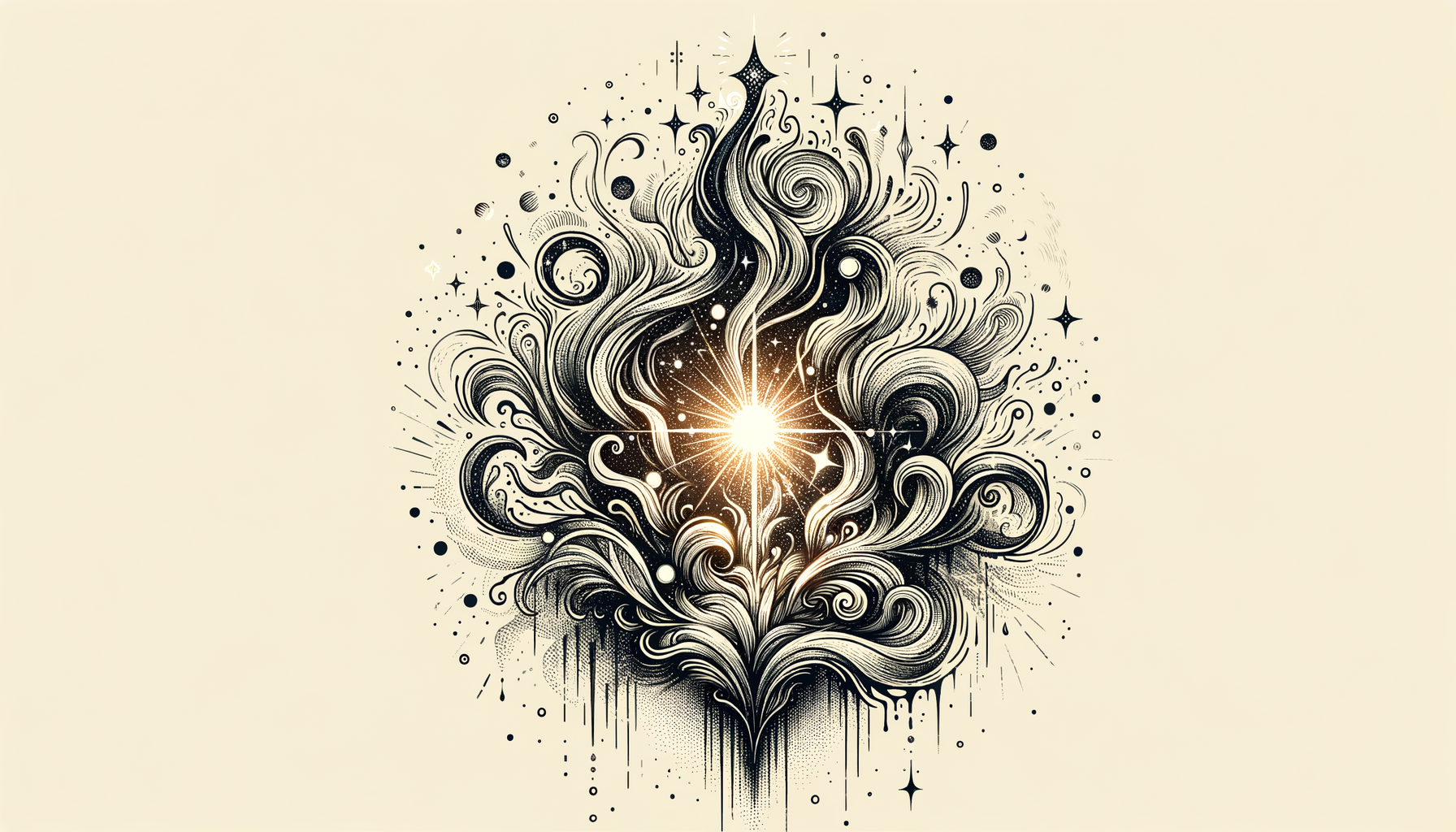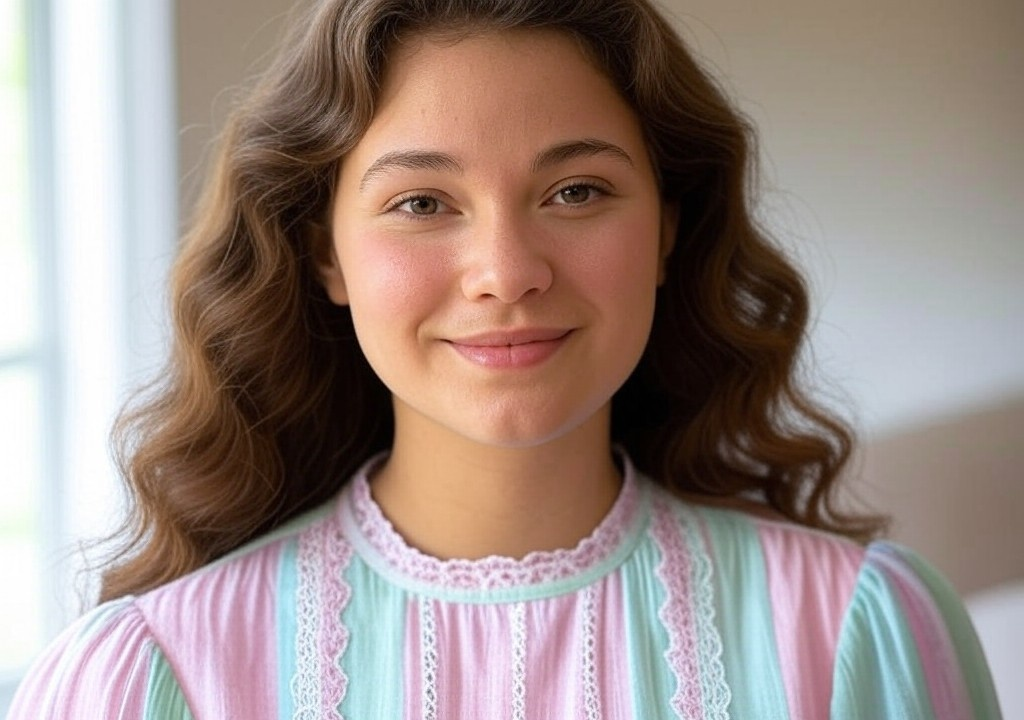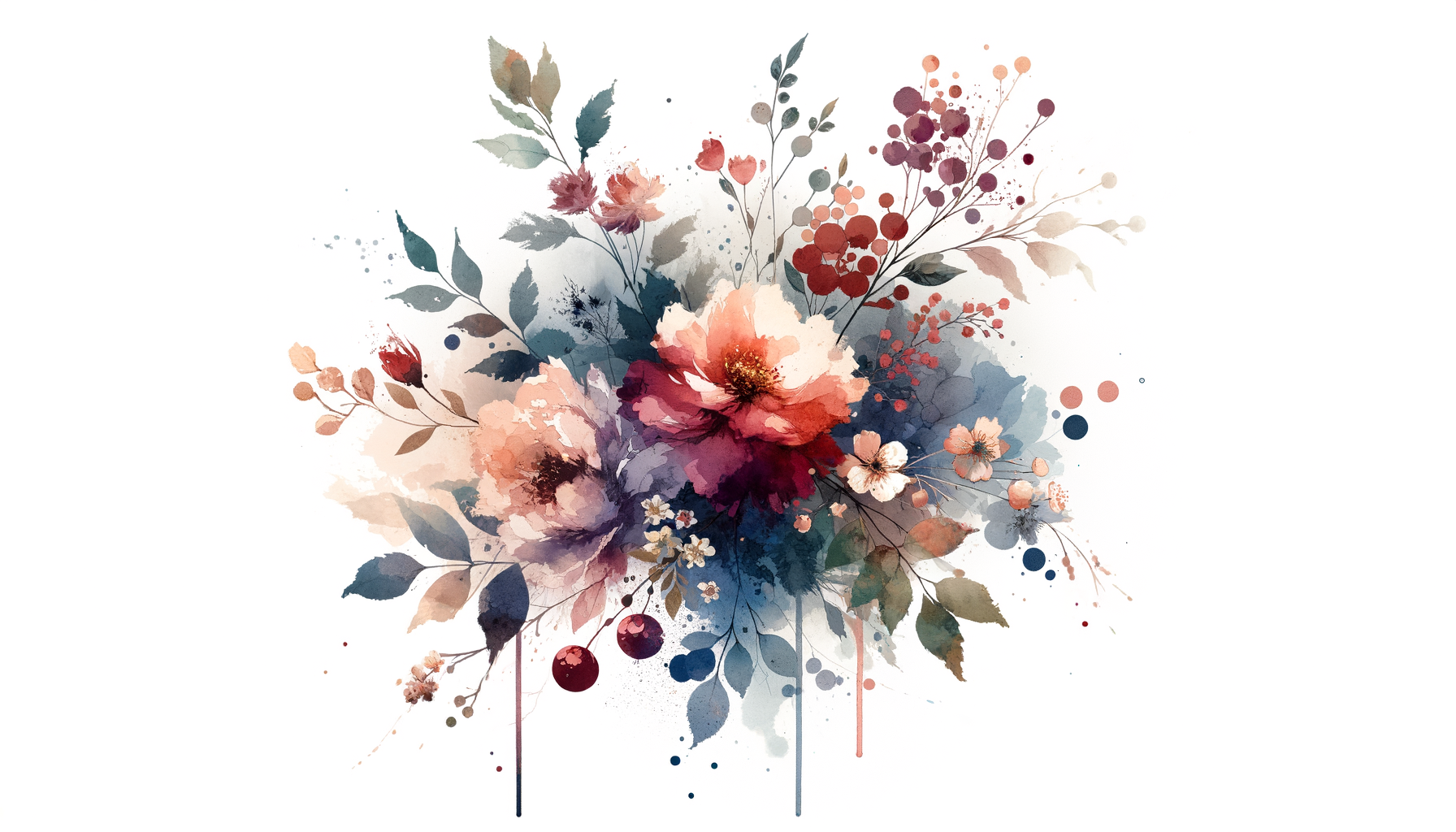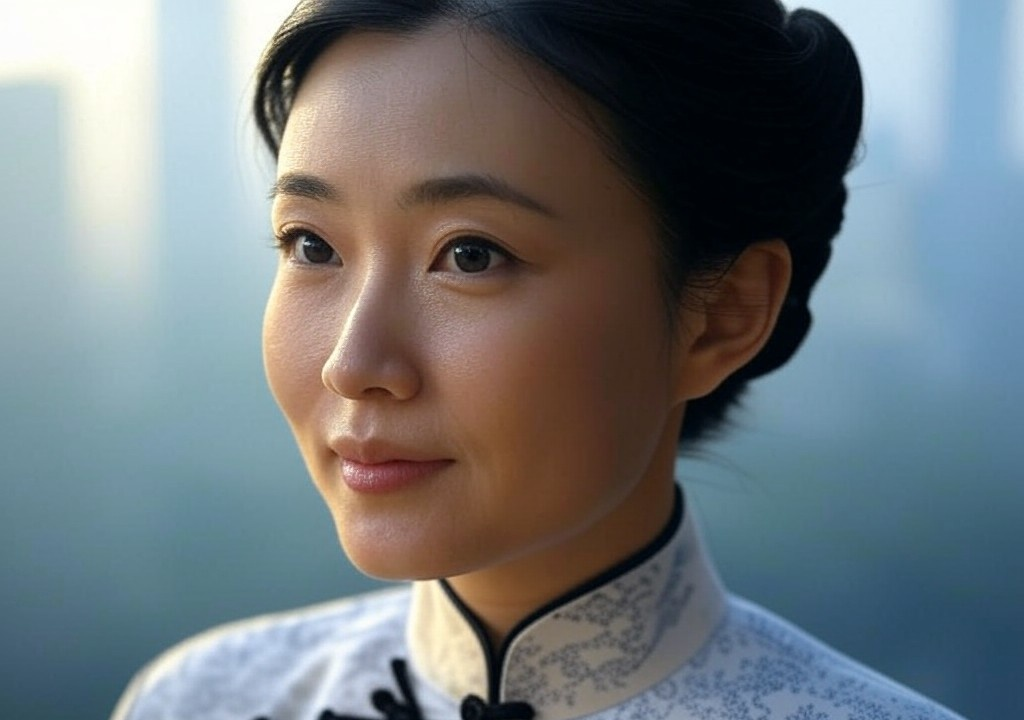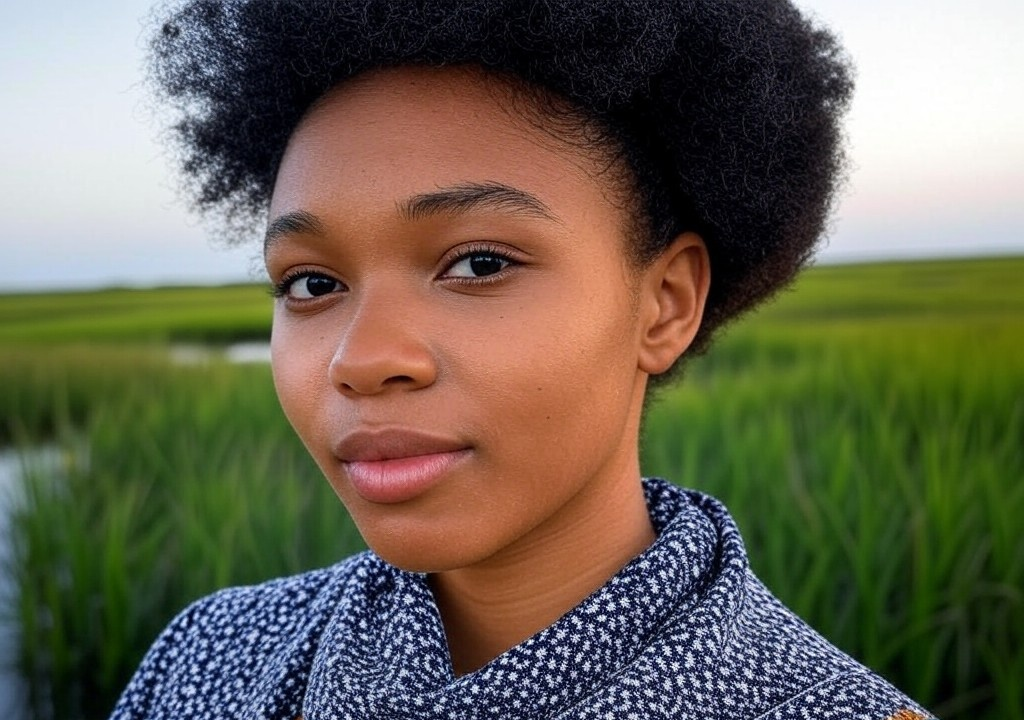Picture this: it's a blistering Savannah summer, the kind where the air feels like warm molasses and you can practically hear the Spanish moss sighing from the trees. I’m 22 years old, fresh out of undergrad, working as a tour guide for historic home tours. My monotone spiel about Palladian windows and wainscoting had reached autopilot levels of disinterest. I’d started to wonder whether poor Cornelia, the ghost in the Johnstone House, was really wailing over lost love—or just lamenting the sound of my voice.
It was during one of those tours, on an especially sticky Wednesday, that I met her. Not a ghost—I promise this isn’t that kind of Southern tale—but someone far more haunting in her impact. She was a visitor from Charleston, impeccably dressed in a crisp linen dress, with auburn curls piled high and a wry smile that made you feel like she already knew the punchline to your life’s joke. And she was the person who saw me.
A Stranger at the Parlor
Her name was Ruth Pell—though she introduced herself simply as Ruth—and when she raised her hand mid-tour to ask about the cultural significance of indigo in Lowcountry architecture, I was caught so thoroughly off guard I nearly dropped my clipboard. Most tourists were more interested in where Forrest Gump had sat than in the semiotics of building materials.
She lingered after the tour. “You have a way of making this history come alive,” she said, standing near one of the ornate parlor windows. I blinked. Had I actually done that? I felt like a walking audiobook most days.
“What’s your background?” she asked, and before I could stammer out my usual fumbling responses, she somehow maneuvered the conversation to find out I’d studied art history and spent more nights than I’d care to admit writing brooding essays on antebellum culture. That was when Ruth pressed her card into my hand. She was a writer, a historian, and a visiting lecturer with connections—and she said it so offhandedly it took me weeks to realize "connections" meant "the whole literary South.”
“You should write,” she told me that day. Not as a hobby or a gestural flourish in between jobs. But as a life. And with the emphasis of a woman who wouldn’t take no for an answer.
Seeing Potential Through a Fog of Doubt
Let me be straight with you: in that moment, I didn’t feel destined for literary greatness. I felt destined for many more summers sweatily explaining ball-and-claw furniture to tourists. I was, at best, a Savannah cliché—I had dreams, sure, but my dreams and my bank account weren't exactly on speaking terms.
But Ruth—a stranger, no less—saw something else. Something I couldn’t yet make out for myself. She became what I’d later call the “Parlor Prophet,” because she managed to do what every sage guide or rom-com mentor does: she made me believe in a horizon I hadn’t yet dared to imagine.
Small Actions, Big Changes
The defining moment, though, was not her seeing me. It was her nudging me to see myself. She’d write me small notes sent in neat envelopes that smelled faintly of wildflowers. “Keep going,” one said, with an excerpt from Flannery O’Connor tucked inside. Another note contained an open submission call for a regional magazine.
If you’ve ever pulled the plug on mediocrity, you know it doesn’t happen overnight. It’s more like peeling wallpaper—layer by labor-intensive layer. But having someone in your corner, whispering, “You belong here,” can turn what feels insurmountable into something half-tangible.
I took that submission call seriously. I threw together a piece about attic staircases and Southern myths of hidden treasure. It got published. From there, the snowball started to roll. Eventually, I wasn’t just writing; I was carving out myself in the pages of my stories.
The Power of Being Seen
Ruth didn’t change my life with a grand Hollywood gesture—she didn’t roll up in a convertible and whisk me off to the Hamptons for a summer of brooding over manuscripts. She planted seeds. She gave me permission to see a version of myself that didn’t yet exist. What I learned, and continue to relearn, is this: being “seen” isn’t about someone else validating you. It’s about daring to envision the better self they’ve glimpsed and then finding the courage to step into it.
How This Shapes Us in Relationships
Whether it’s a mentor, friend, or stranger-turned-guide, the people who see our potential can shape everything we think we know about connection. And that extends far beyond careers. In relationships—romantic or otherwise—being seen fully is, arguably, the purest form of intimacy.
But here’s my takeaway: the person who sees you isn’t always your grand romantic partner—sometimes it’s a Ruth, mid-tour, asking about architectural indigo. Sometimes, it’s your quirky neighbor who notices how beautiful your garden blooms when you don’t overthink it. The power of being seen is not in the act itself, but in how it teaches you to reflect that light into your own life.
How to Become “The Person Who Sees”
Of course, this isn’t all about being on the receiving end of someone’s insight. While Ruth passed on years ago, her legacy has inspired me to try to do the same for others in my life. If you want to be the person who sees:
- Notice the little things: Not just accomplishments, but budding potential. See people where they are—and where they could be.
- Encourage boldly, but gently: A Ruth-style note, or even just saying “I see this spark in you,” can take root.
- Push with hope, not expectation: You're there to nudge, not control. The joy comes in watching them own the journey.
- Be specific: “You’re great” is nice, but “you make history feel alive” builds confidence in a particular gift.
- Show, don’t tell: Offer tools or opportunities, but let them choose what’s next.
By showing people who they might become, you’re holding up a mirror to their best possible self. And these moments of small encouragement don’t just affect individuals—they ripple out to all the connections they form moving forward.
Your Moment Awaits
If you’re lucky, you’ve already had a Ruth. If you haven’t, do me—or, rather, yourself—a favor and borrow mine. Look in the mirror. See what she saw: someone capable of writing their way out of Savannah summers, of reaching higher than a parlor window, of bringing the world a little more alive.
And if the chance arises, when you’re standing in your own version of the Johnstone House parlor, try that on someone else. After all, we all deserve to be seen. Don’t be afraid to look closely—you might just change a life.


